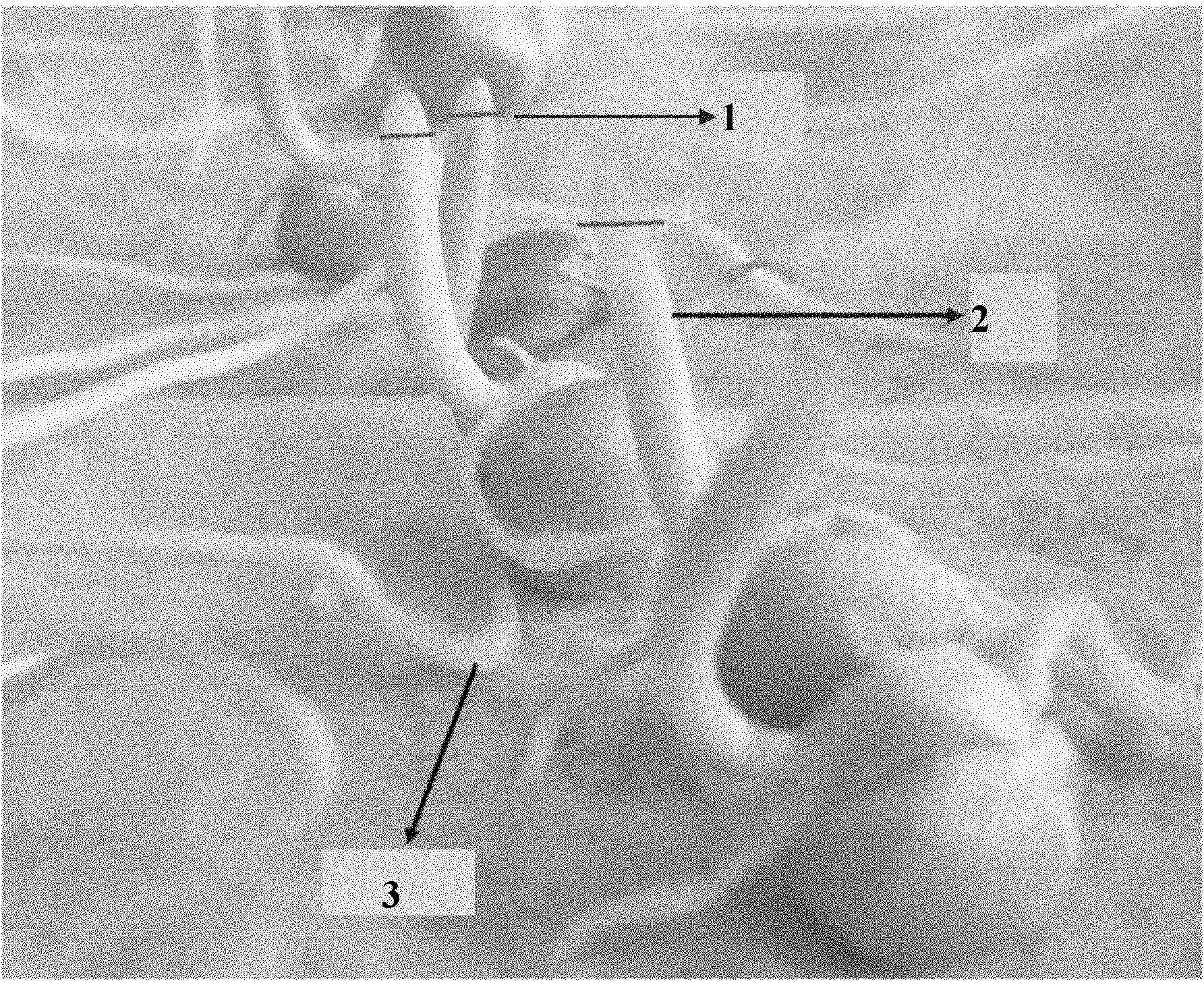Method for doubling management of corn haploid
A haploid and chromosome doubling technology, which is applied in the fields of botany equipment and methods, application, plant gene improvement, etc., can solve the problems of serious damage to plants, high toxicity of colchicine, unsatisfactory doubling efficiency of seed soaking method, etc. The effect of doubling efficiency and improving breeding efficiency
- Summary
- Abstract
- Description
- Claims
- Application Information
AI Technical Summary
Problems solved by technology
Method used
Image
Examples
Embodiment 1
[0023] Embodiment 1, carry out the doubling of corn haploid with colchicine mixed solution of different concentrations
[0024] 1. Screening of maize haploid seeds
[0025] The excellent hybrid Zhengdan 958 (Beijing Denong Seed Industry Co., Ltd.) and the stable and high-quality hybrid Nongda 108 (Beijing Golden Nonghua Seed Industry Technology Co., Ltd.) were used as female parents, and the parthenogenetic haploid induction line Nongdagao was used. No. 1 (the public can obtain from China Agricultural University, and the non-patent literature that has recorded this material is: Liu Zhizeng, Song Tongming, 2000, Breeding and identification of maize high-frequency parthenogenic haploid induction line, Acta Crops, 26 (5 ):570-574) were induced as male parents. The seeds with purple marks in the aleurone layer and no purple marks in the embryo were selected as haploid seeds. A total of 671 haploid seeds of Zhengdan 958 and 466 haploid seeds of Nongda 108 were selected.
[0026] ...
Embodiment 2
[0090] Embodiment 2, the corn haploid of different basic materials is doubled with colchicine mixture
[0091] 1. Screening of maize haploid seeds
[0092] The maize hybrids Nongda 108 (Beijing Golden Nonghua Seed Industry Technology Co., Ltd.) and Zhengdan 958 (Beijing Denong Seed Industry Co., Ltd.) were used as female parents, and the parthenogenetic haploid induction line Nongda Gaoyu No. The father is induced. Haploid seeds were selected with purple marks in the aleurone layer and no purple marks in the embryo.
[0093] 2. Double the corn haploids with different basic materials with colchicine mixture
[0094] Method I
[0095] 1. Pregermination of corn haploid seeds
[0096] Wash the haploid seeds screened in step 1 with water, and place them in a tray covered with sterilized towels, leaving a certain gap between the seeds. Then put it into an incubator and cultivate it in the dark to obtain haploid maize sprouts.
[0097] 2. Preparation of colchicine mixture
[0...
PUM
 Login to View More
Login to View More Abstract
Description
Claims
Application Information
 Login to View More
Login to View More - R&D
- Intellectual Property
- Life Sciences
- Materials
- Tech Scout
- Unparalleled Data Quality
- Higher Quality Content
- 60% Fewer Hallucinations
Browse by: Latest US Patents, China's latest patents, Technical Efficacy Thesaurus, Application Domain, Technology Topic, Popular Technical Reports.
© 2025 PatSnap. All rights reserved.Legal|Privacy policy|Modern Slavery Act Transparency Statement|Sitemap|About US| Contact US: help@patsnap.com



